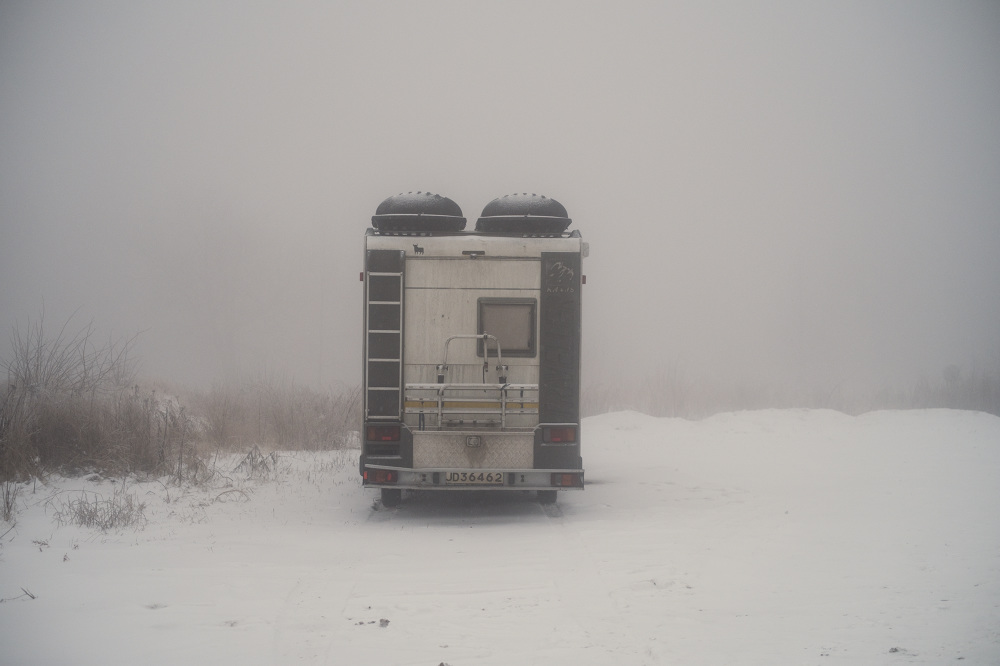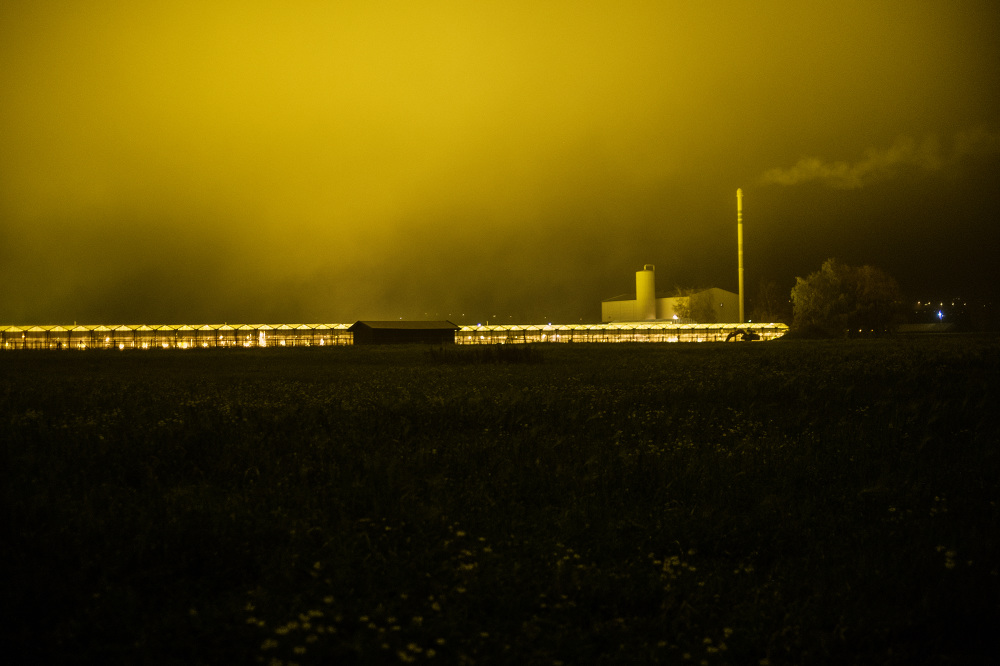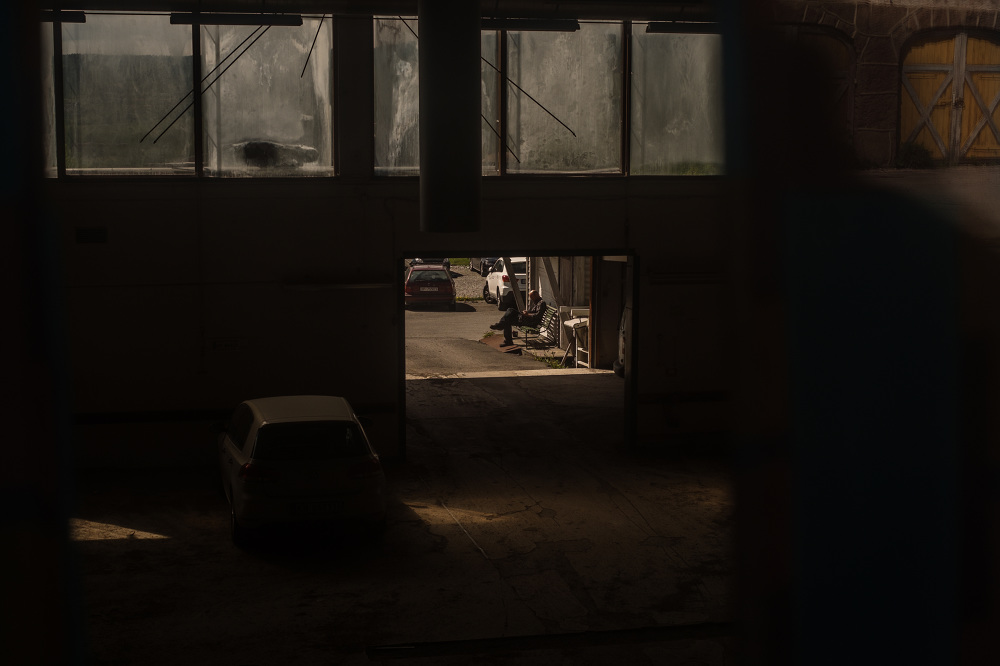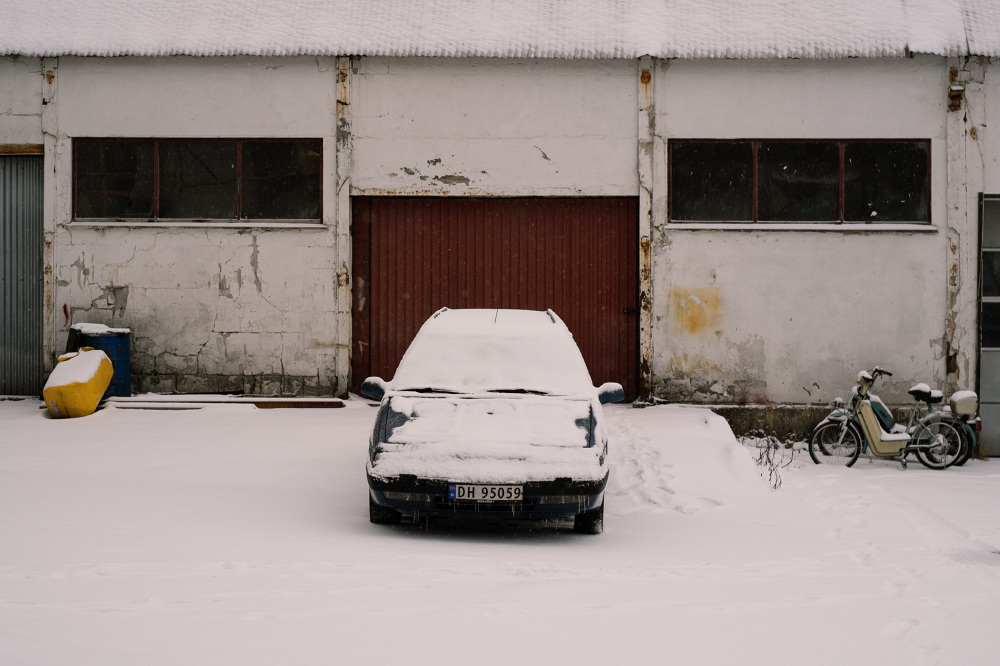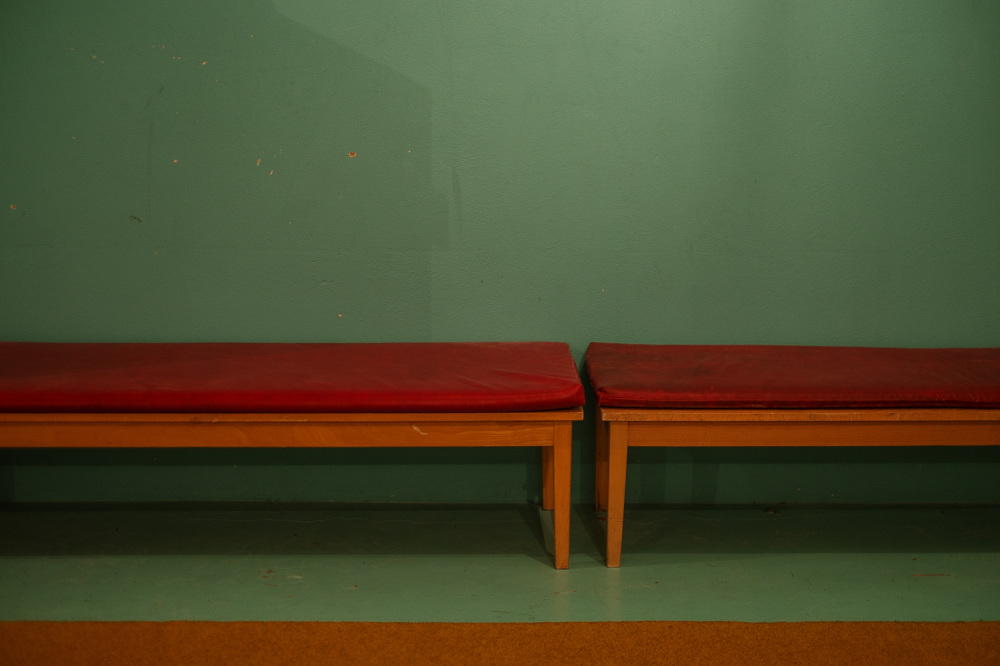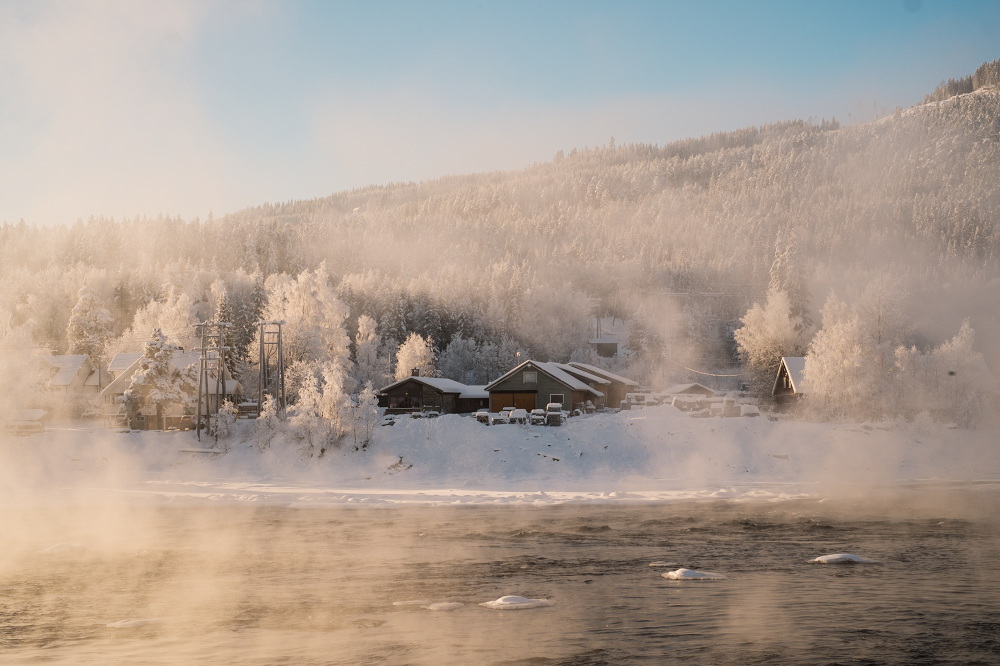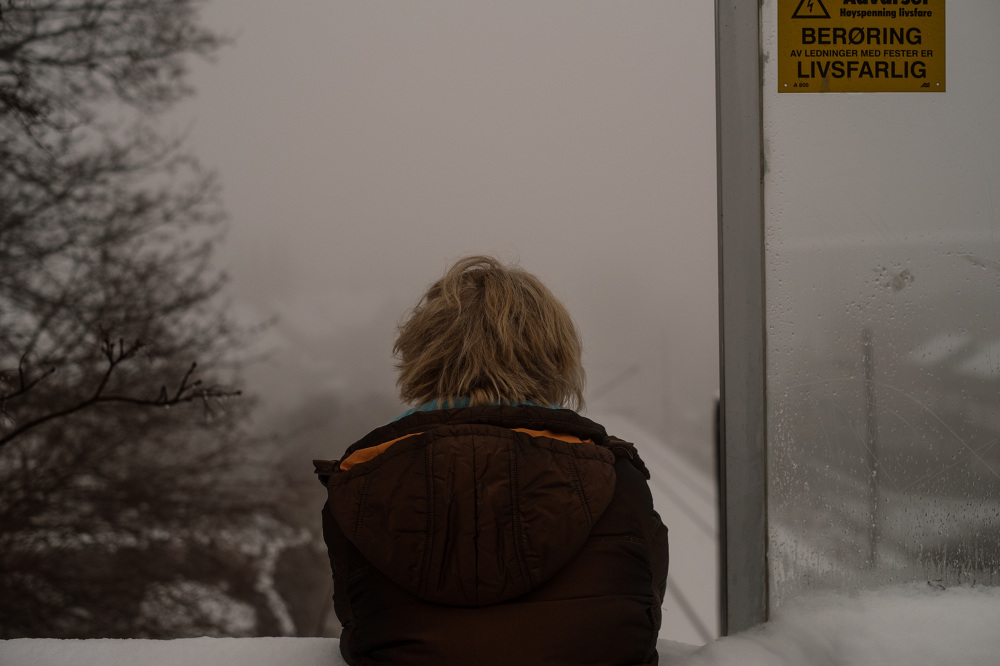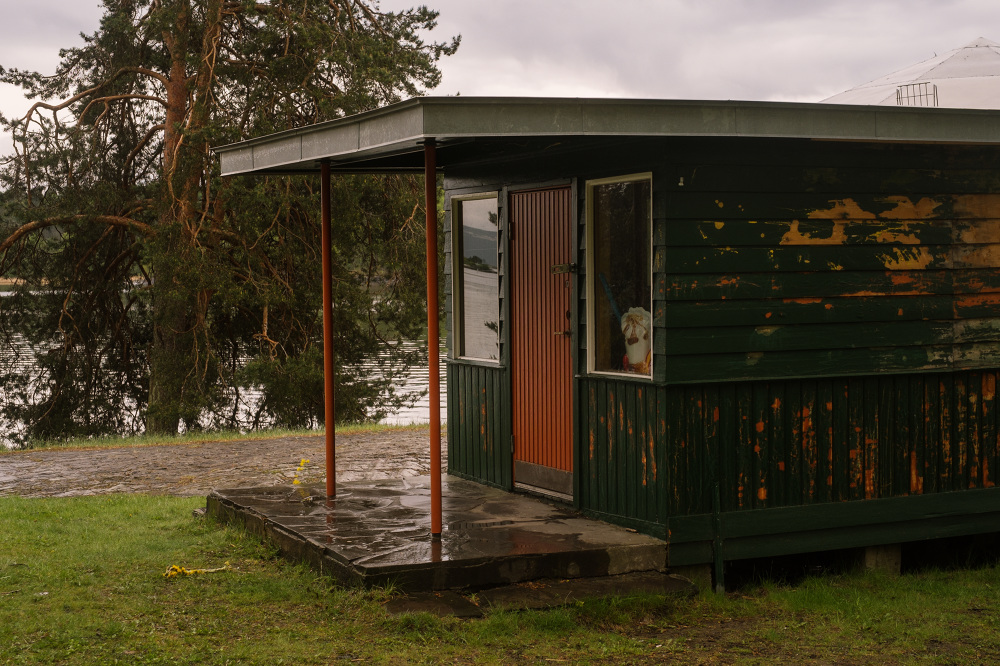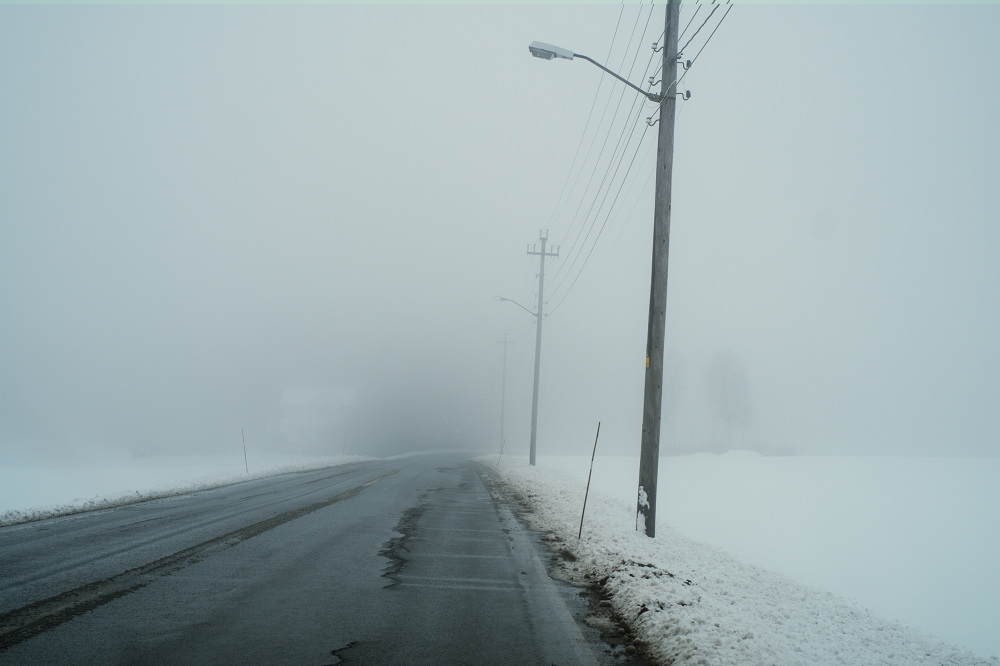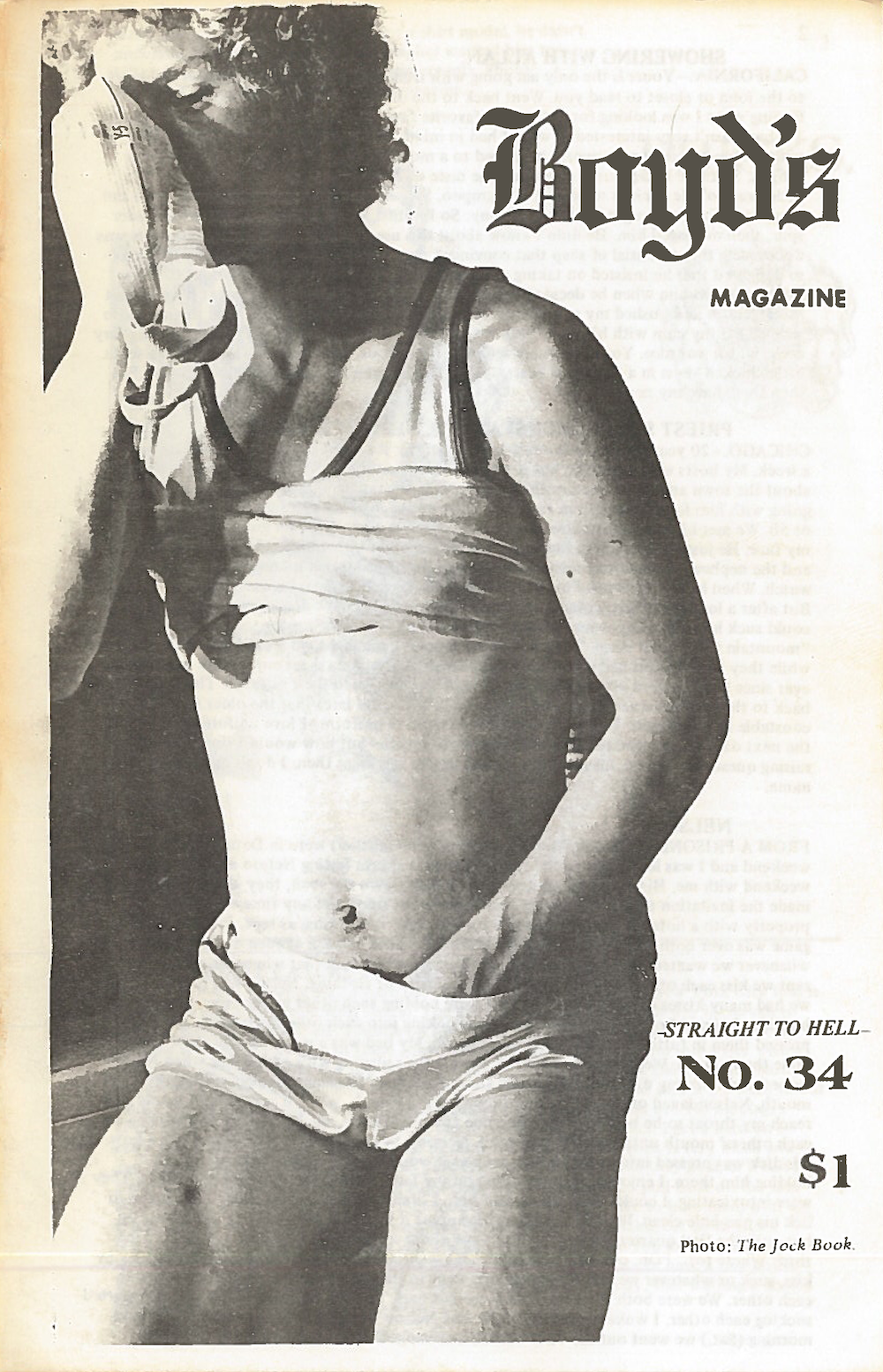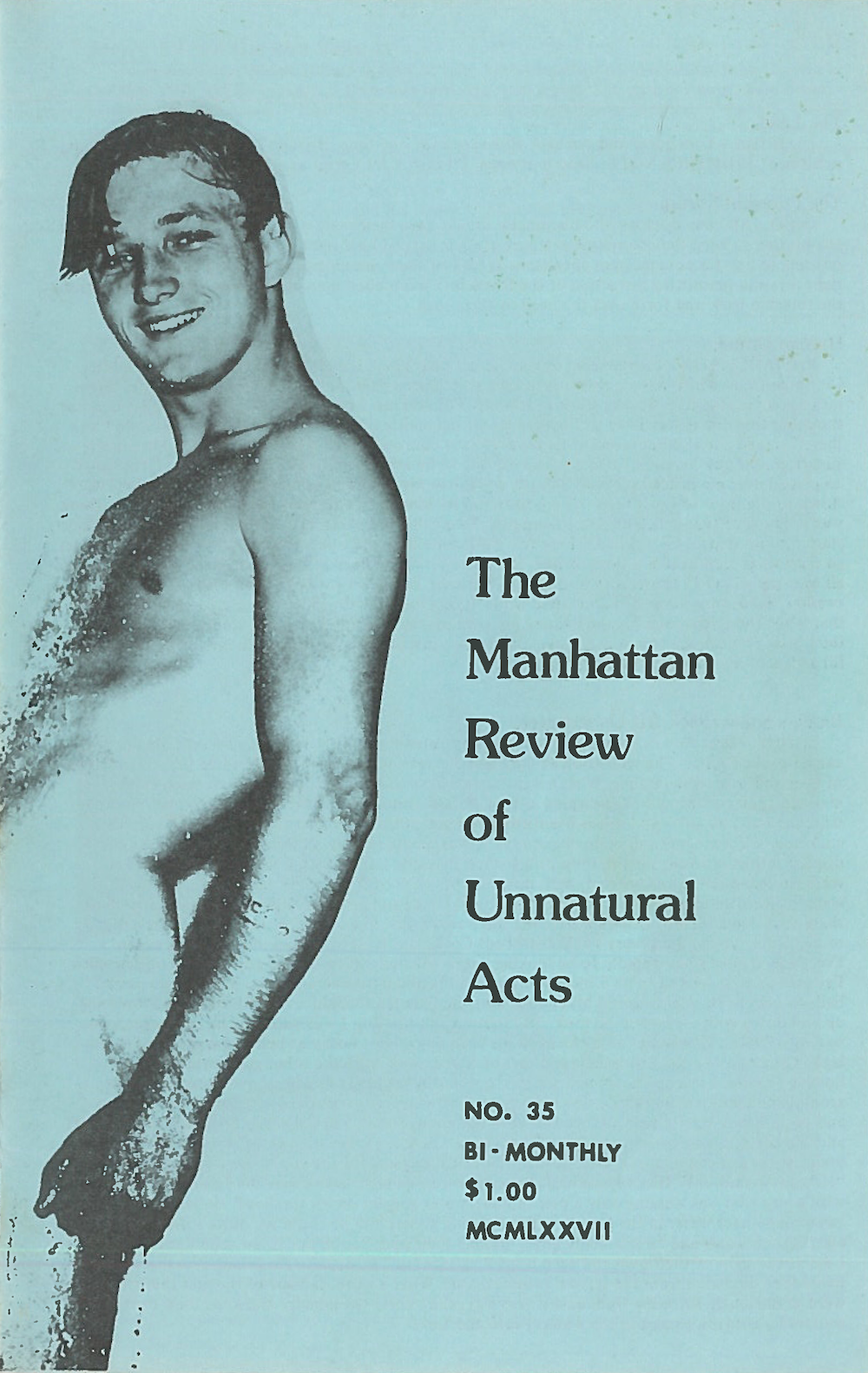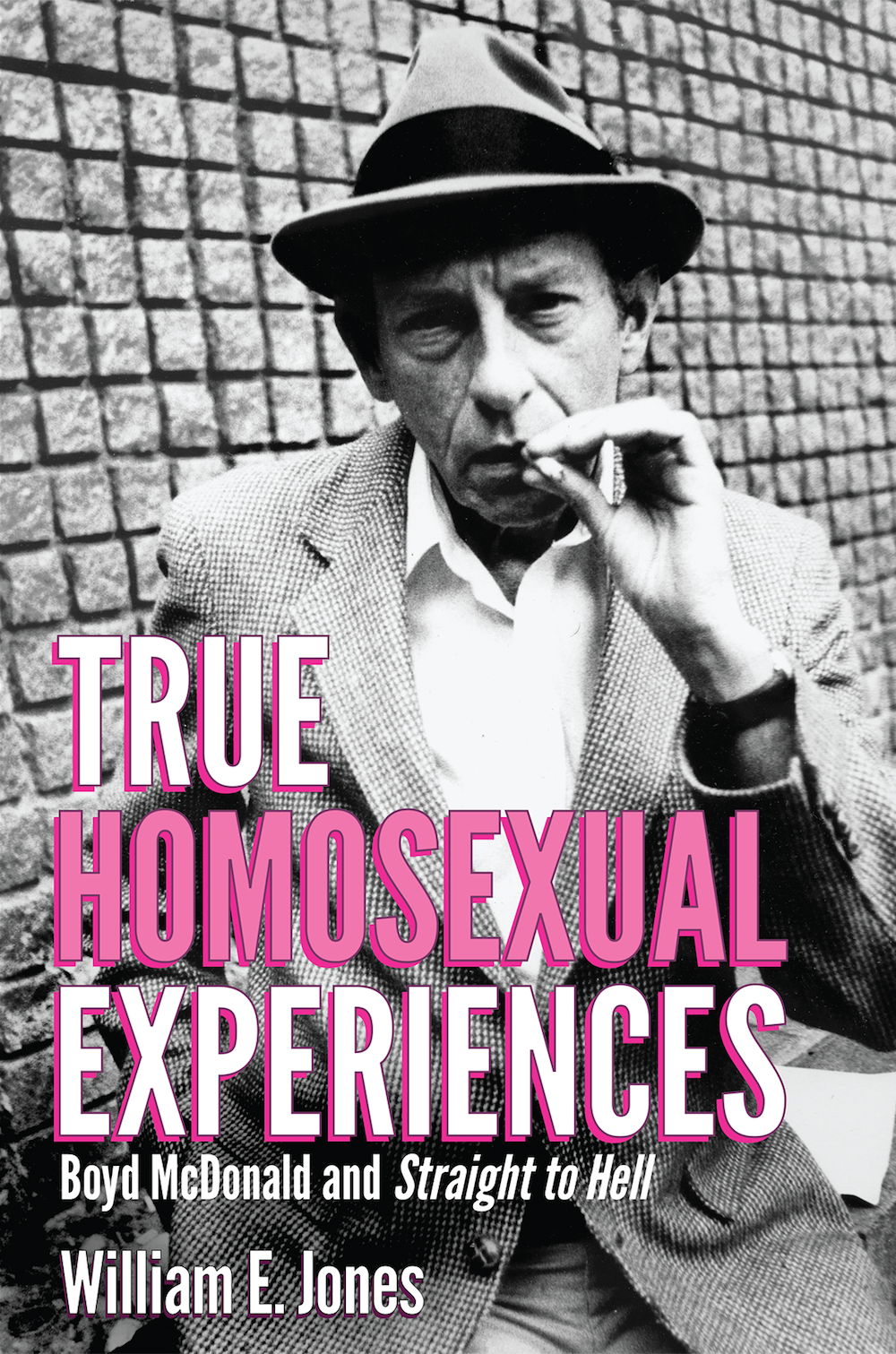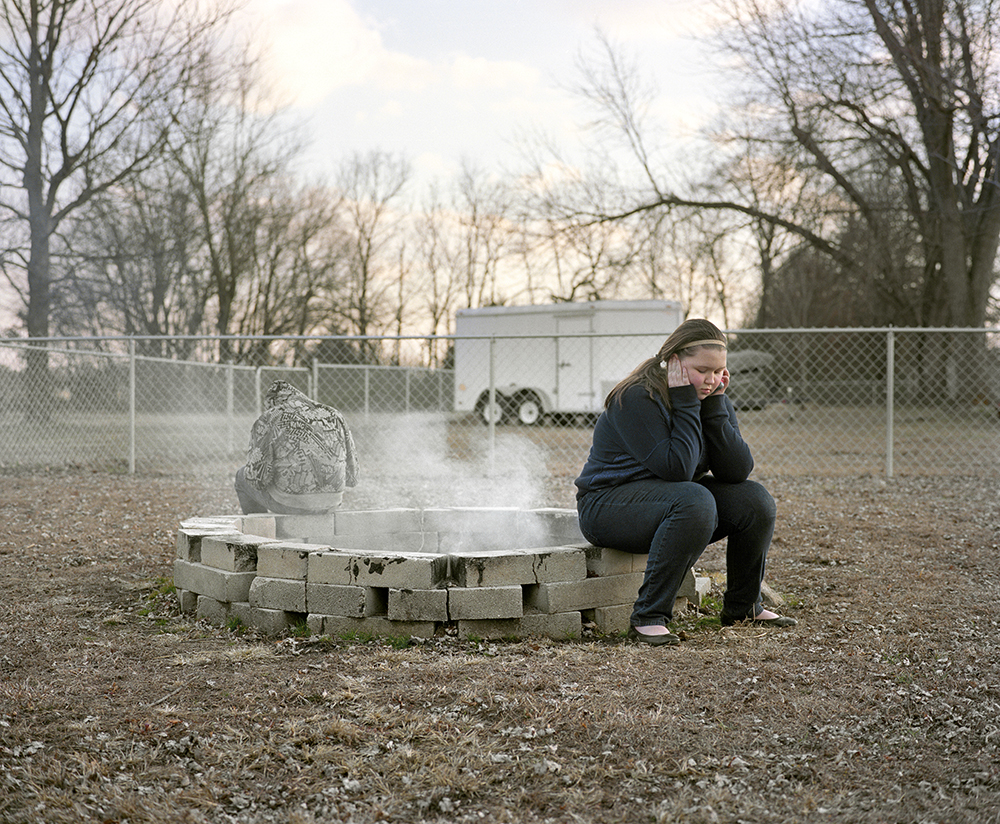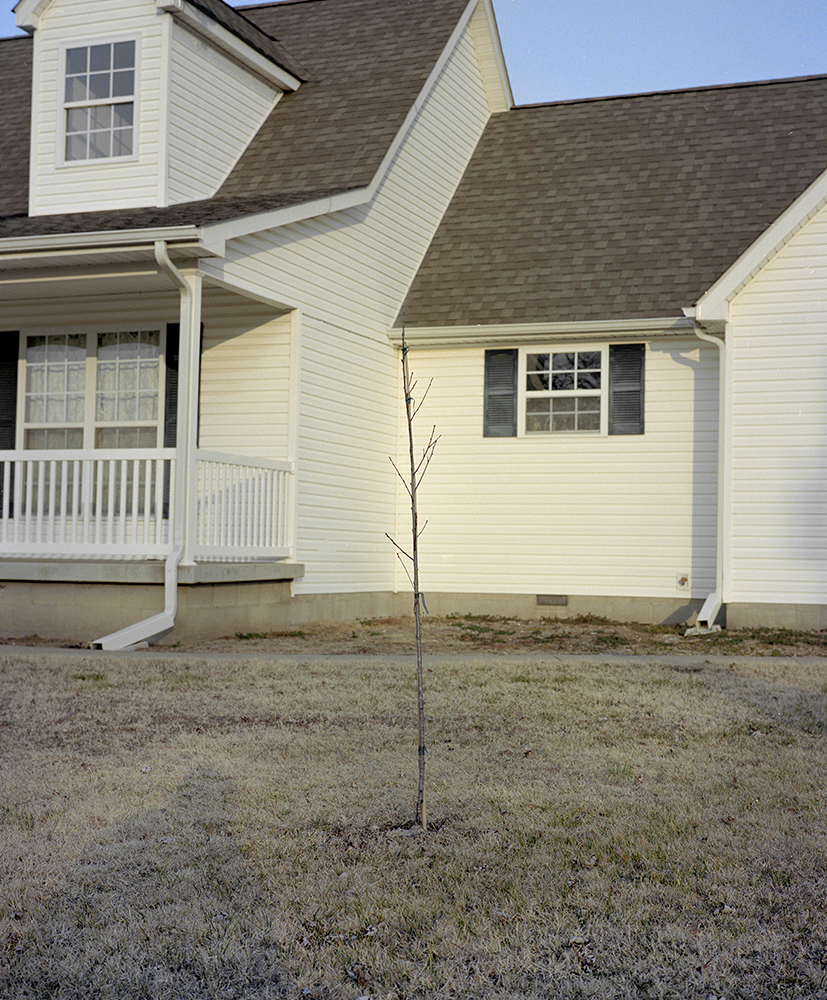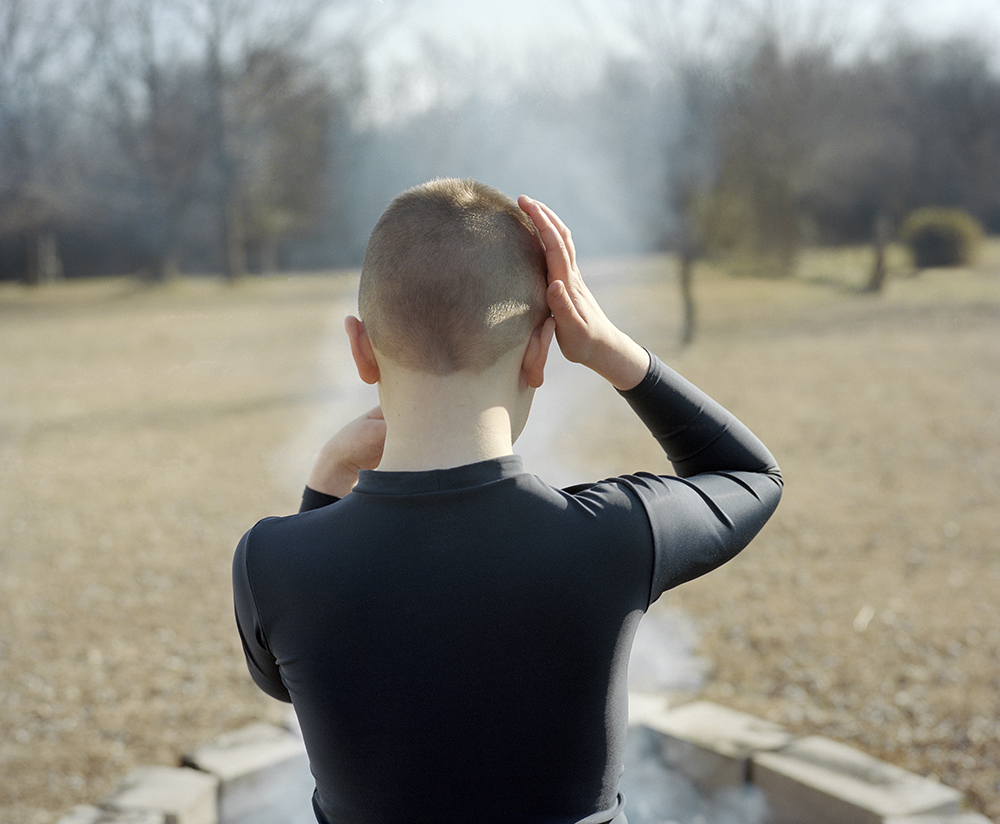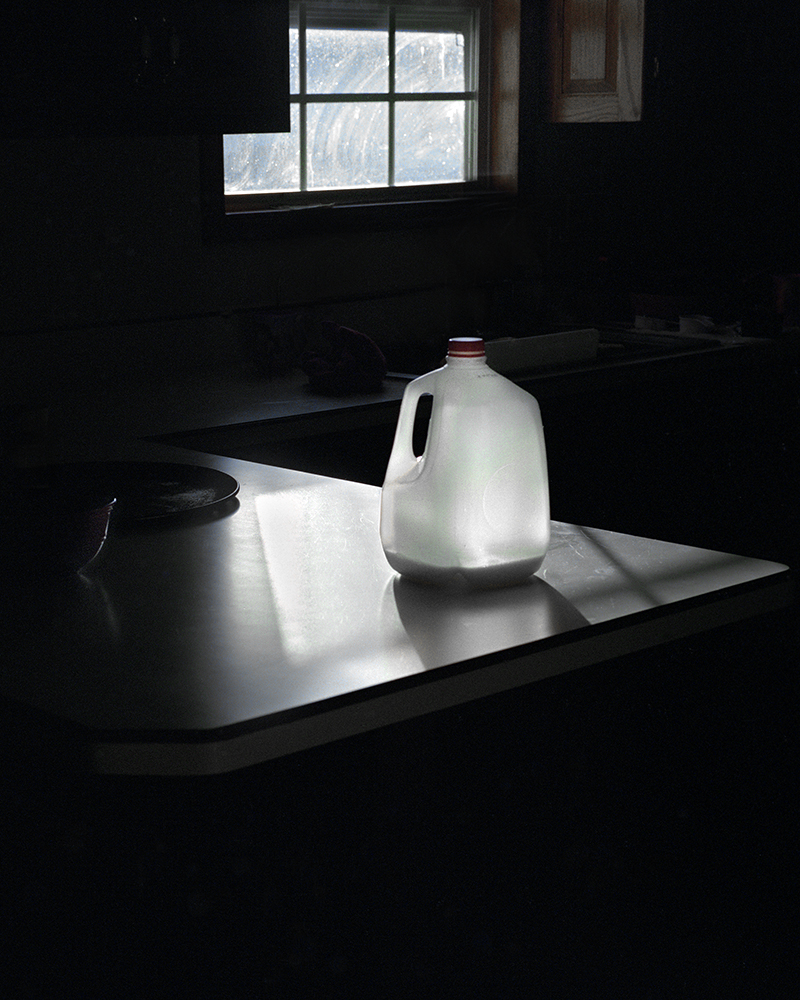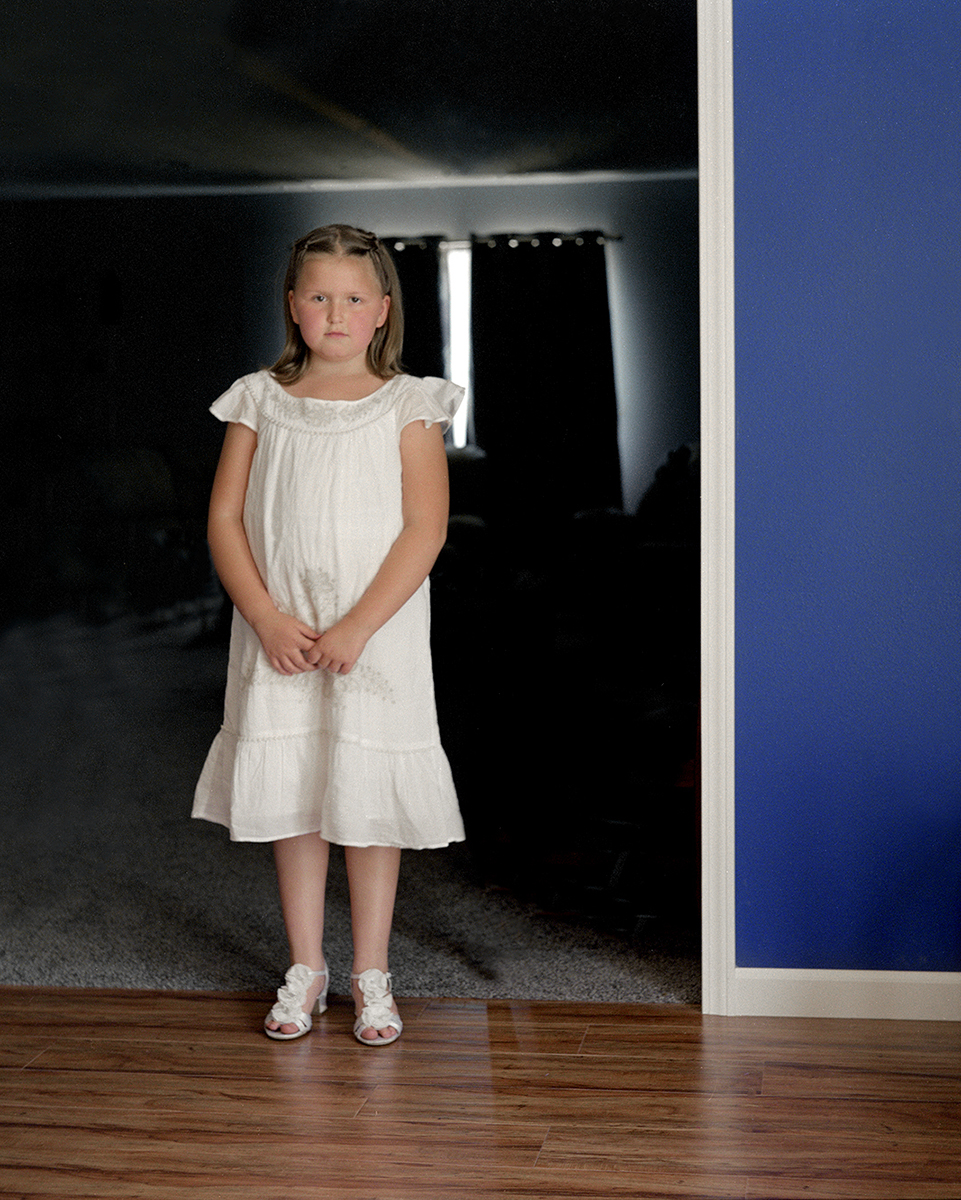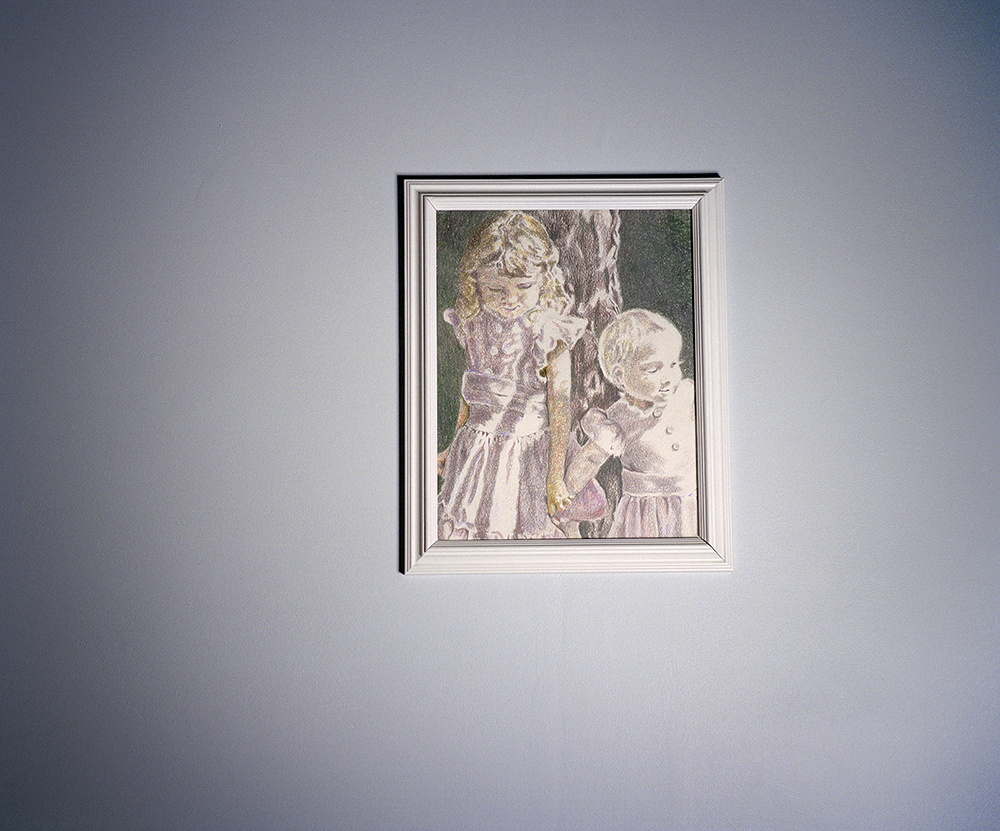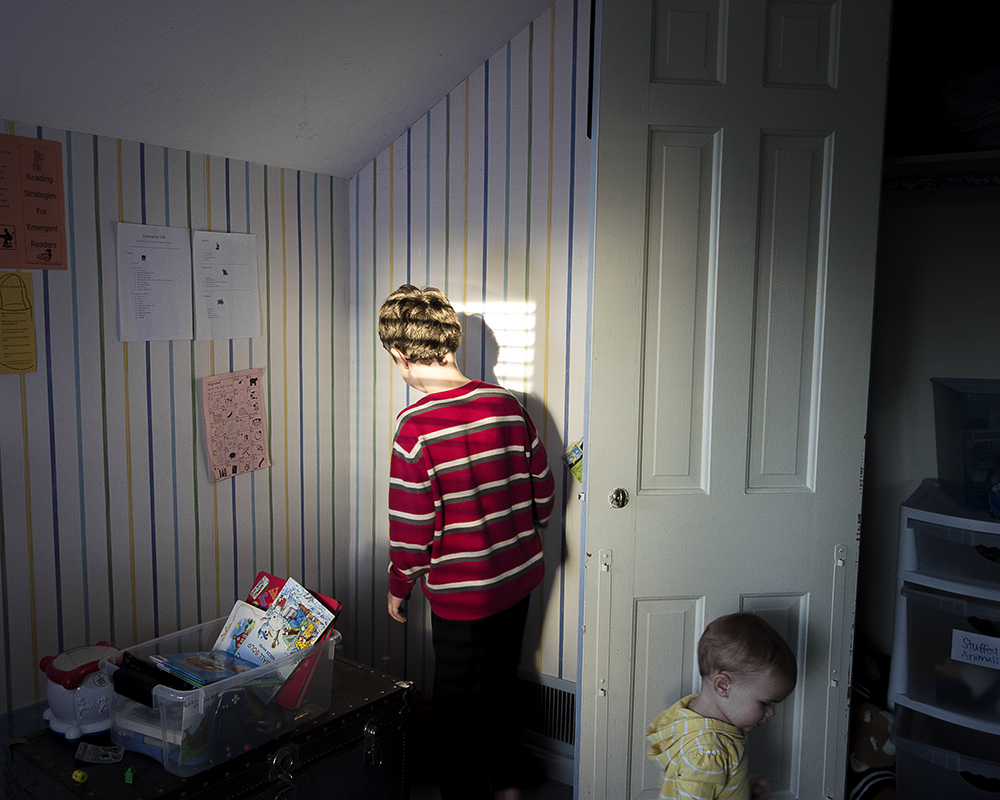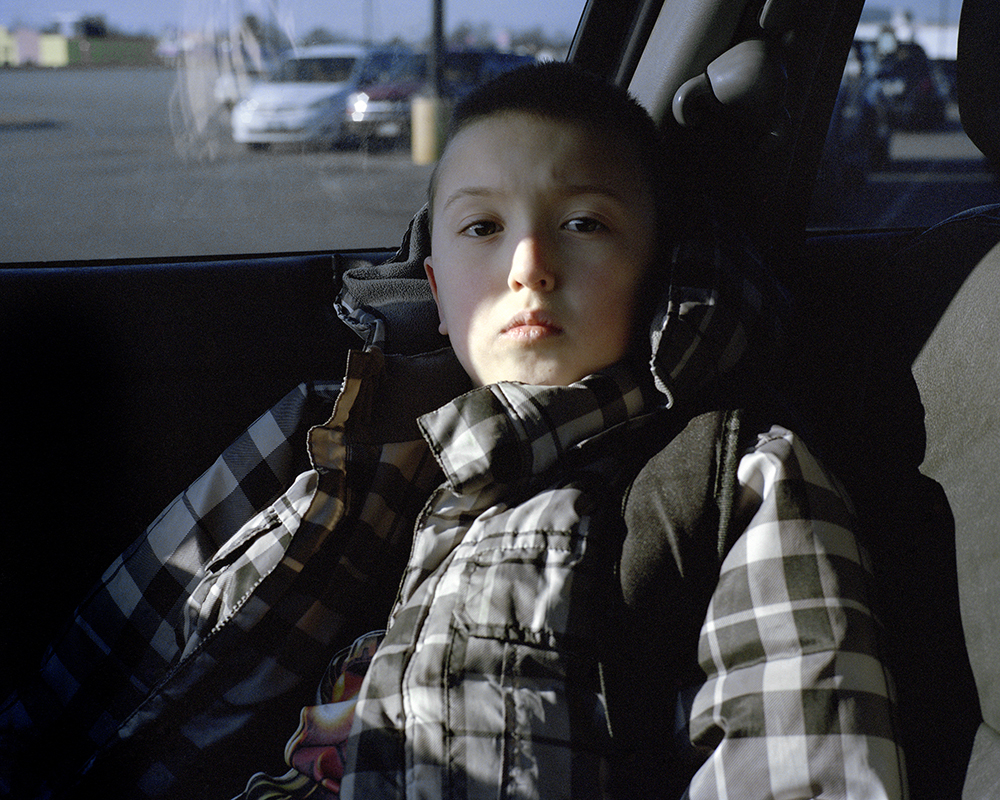It seems foolish to say something so simple now, when it should just be clear, but a government is not some stagnant thing. It is a political body, and voters and reporters would do well to consider their country’s political body as something like their own body. The political body, like the human body, changes with the times, and it changes with each new “doctor” who takes charge of it. This doctor prescribes medications to a country so it can prevail over each new threat, whether this is an economic threat or a threat to national security. These threats can come from outside a country or from within it, but either way, a political body needs to take these threats as seriously as a doctor would take a life-threatening infection—when necessary changing and going to extremes to protect the country: this is a doctor’s only responsibility.
When I consider the current administration’s actions, I can’t help but see before me a dangerous irresponsibility. This irresponsibility manifests itself in the administration’s lax response to terrorist threats originating in the Middle East and equally within our great nation. To give the violently radicalized within our borders the same rights as tax-paying farmers, teachers, and firemen puts us all at risk—the kind of risk no doctor would tolerate. When we feel within our body a threat growing, we cannot afford to do nothing. In a limousine, in a conference room, lying in bed, we feel the threats grow within us. Finally the heart beats fast, but our body strains to keep up in a way that it never did when we were young and vigorous. This is the strain of years, affecting the body politic too. The current irresponsible administration chooses to ignore it, this strain of years. But the body struggling, these threats within us, cannot be ignored.
Worn down by our years we feel these threats ever more acutely. Failing, the heart, the source of threats, was taken out and replaced with another; this one beats despite the failing whole, the failing body struggling to die against the artificial heart beating on and on. We know it’s there when hand goes to chest, a hand that shakes, to feel the scar they the doctors left.
Every scar on the chest can be felt until what is left of the chest but scars and underneath the artifice beating. This fake part thumps on while the body tries to die. Hand to chest, beneath suit jacket, beneath white shirt, you count the scars, and each one is a different threat conquered, a new threat defeated, but still you’d rather junk it all and start again. Take the artificial piece and match it with other artificial pieces like those of vigorous and healthy young men. Artificial lungs, and an artificial stomach digesting white pellets of food, and a vigorous young man’s colon spitting the pellets into the toilet. This is the ideal, but your brain controlling it, not the brain of some vigorous young man who doesn’t know about threats, and who says they don’t exist when they are inside him and he just won’t look.
To junk the body and rebuild it with parts; this artifice beating is the first step.
Artifice beating too fast you see the forests of Northern Virginia rush past the limousine. These the world’s most hideous forests, the Northern Virginia forests, their colors ever the same, and feeling the scars your blood throbbing you ask why here, Fairfax and Loudoun and Fair Oaks, dreary all, hospital swamp towns designed for misery. You ask yourself so why bother, next time make them meet you. Let them come to you in your beautiful McLean home. Have the surgeons come to McLean to replace your parts, replace the battery replace the valves plug you into the socket. Who knows what people like that will think of next. The basement empty let them transform it into an operating theater. This in the name of your safety and the threats you face, not only from the inside but from the outside too, from those enemies who fall on you any chance they have. Tell the surgeons you have no choice but to stay at home. Avoid Northern Virginia’s hospital complexes and avoid Northern Virginia’s forests, each one twists into the other. Blood rushing down your spine, you say avoid it all and junk it all, to the driver faster home, as you pick up the phone and call her, the only one you can call when you feel this way, who loves this, the way you are, dying and wretched. You can call only her, your sick little love.
She says she’ll meet you, she’ll call Michael and tell him not tonight, he’ll have to find his own dinner. It’s impossible not to love her, who will drop everything for you, who acts like you, thinks like you, looks like you once did, but seeing your scars isn’t disgusted as you are every time. To look in the mirror is now to feel a shock. Is that enough to end it? Two seconds in front of a mirror in the steamy, rank bathroom and the whole thing will collapse, only artifice beating endlessly while the brain is dead, stomach is dead, kidneys are dead on the soaked shower mat. Beautiful and wet between the legs she is every time she sees you in your dying state. In the hospital or in your bed at home but with the doctors standing over you, she gets the same nasty look. Before calling the coroner she would get down to the bathroom floor and suck you until the last drop comes, and this the only chance you’d have of waking up again, waking up and demanding your new parts. That much at least is owed to you after all you’ve given them.
So she says she’ll come, and now the artifice beats too fast in excitement, now even this brand-new part a threat.
How feasible would it be for someone to assassinate me by reprogramming the device? That was your first question when they showed you what they planned. They said not very feasible, but it’s something to consider. Anger rising at their so-called something to consider you felt her hand on your shoulder, telling you to relax. No luck for her, never any luck for her, your caring daughter your sick little love. You pushed her off and screaming at him your idiot doctor, you replaced him with another who would work with your security teams until there was no more something to consider. But still how can you be safe with this fake part controlling it all, beating too fast then straining then speeding till the soreness comes. In the hands of the wrong doctor, some infiltrated man working for your enemies, the artifice would speed until it never beat again. Feeling your scars you tell yourself just lie down, put the notebook down, this editorial isn’t going to happen today. You’ll see her with white freckled body greasy with lotion, her business clothes neatly folded on the bedside table like her childhood laundry, and after it’s over you’ll tell her the editorial didn’t happen, she’ll just have to write it herself. You’ll put your name down but she’ll have to write it. We aren’t the vigorous healthy young men we were. Decrepit we inch along despite the threats, until our new parts come in.
~ ~ ~
Finding your notes the desiccated queen your wife said it was time for a break from McLean, better to be in Jackson Hole and away from her. Even for Christmas she said I don’t want her around, her own daughter. Saying goodbye to her your sick little love you felt like you would die. You felt as miserable as it was possible to feel, seeing her turn around and disappear into her house, you wondering when the next time will be, and she wondering who knows what, maybe will he make it back alive, will he die down there in the snow, will he find someone new to suck him to the last drop, will the artificial heart fail. Or maybe none of these, maybe only settling down to business, to write that editorial you told her you couldn’t manage, although you’d promised to try again in Jackson Hole. This promised second try the only reason the queen returned your notes, snapping don’t forget them in the limousine again.
But why not forget them in the limousine again. Let the desiccated queen and her spa friends find them, pour over them, every word another heartbeat. Alone in Jackson Hole you live only to write this, now that she is away. Snow falling outside, the ski slopes become perfect white hills like the curves of an ass. Laughing you think of the queen the last time she skied, dressed in a purple and green winter coat and colored ski goggles, like some deranged peacock. At the same time you in your cowboy hat for a moment looking every bit as vigorous and healthy as you were in your first college year. Mouth open, wind rushing in, you happily sped straight into her, her legs flying apart on impact. Screaming she hurtled face forward into the snow, her right leg snapping, old hip breaking. Then lying moaning in the snow, calling you sick, disgusting, wishing you’d die. In a cast back at the house she told you she wouldn’t ski with you anymore, and you shouldn’t ski anymore either. You agreed to the first condition right away and anyway you snapped back at her I don’t like to ski in my condition. What could be done if the heart gave out up there, on a lift? Near the peak by the trees? She said you’re not as sick as you think. No more predictable answer could come from her, who refused to see you in the hospital.
Now the artifice beats slow, happy at the thought that this time there won’t be any skiing. If she doesn’t think you’re sick, then why can’t you get out of bed, why do you throw up the food they give you, why do you spend every night staring at the ceiling, old miserable eyes never closing, as dry and tearless as what’s between the queen’s legs. Your condition deteriorates and there’s no way but to replace the parts. Each time you see the doctor you tell him it’s time to have this part or that part replaced, but they don’t come through. They humor you like you’re an infant or some soft-in-the-head retard who doesn’t know how medicine works. You know more than they do and they know it too, but they want their power over the big vice president.
They tell each other did you see who was in my office today? He comes to see me all the time. They want to see you in pain until the last moment, and only then will they mention that some vigorous and healthy young man died fucking a cow in Kansas and hopefully, if there isn’t too much damage to some of his organs, hopefully, but we’ll have to see. You tell them you want his eyes, how are his kidneys, how is his liver, let’s do a blood transfusion, but they only send you out of the hospital and back to your home to lie dying in bed waiting for the answer.
Tired of waiting, at some point you got in the limousine that was to take the queen to the spa and told her you’d wait in the backseat while she had her treatments. Surprised she said fine, but it won’t be quick and I won’t rush for you. Hearing these words you thought, what would the world say if they saw the headline, former vice president strangles wife to death. Would anyone even be surprised, the way they talk about you? As though you were the devil himself! But she fled the limousine into her spa before you had a chance to reach for her wrinkled gray neck and prove them right. And you, the so-called devil, left alone inside the darkened car, hot air rushing at you from the vents, watched the rest of the old rich hens of Jackson Hole file inside, amble outside, clucking over their nails, their aching unworked backs, magazines held above their heads against the falling snow; meanwhile you here dying, far from the one you love.
~ ~ ~
They helped you into the bathroom at the spa to vomit your breakfast oatmeal. You resisting, saying it’s over now, there will be no more attacks, still clutching your notes. But no matter how pure you make it, no sugar no syrup no berries says the queen, no juice on the side no yogurt nothing she says, your stomach gives it back up. Here the bathroom is as beautiful as the White House, maybe more, pink and yellow tiles sparkling under your knees as the evil stuff comes up again and again, splashing your cheeks your nose your editorial notes. The artifice speeds away from your retching body, controlled by some infiltrated doctor. One room away the queen is being rubbed, and your first impulse is to vomit louder, do it harder until your eye vessels burst and red surrounds your pale blue eyes. To come out with your eyes full of red, to sneak into the queen’s room stinking of vomit and read your notes to her, to crawl back into the limousine and demand to see the doctor, to have your parts replaced to return to your sick little love free from all this misery; and at your age why not think forever of these ridiculous things.



